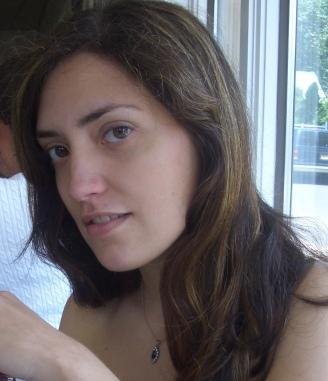Quark Park: All of the Charm, a little of the Strange
If you're in the Princeton area this fall, be sure to take some time for reflection at Quark Park, an innovative new sculpture garden opening September 8th. I read about the park here, here, and here, and there are plenty of links to other stories at the official Quark Park site.
A quark is one of the most fundamental units that make up matter (all the "stuff" in the universe around us). They're part of what atoms are composed of. (Yes, that's TINY! Quarks can't be seen.) The system that particle physicists came up with for naming quarks is one of the most interesting I've come across. I'm drastically oversimplifying the system (see here for more detail) but quarks can have any one of six "flavors":
up
down
top
bottom
charm
strange
The exhibits interweave the visions of local artists and scientists, and are meant to educate as well as inspire. For example, Princeton President Shirley Tilghman teamed up with a sculptor and an engineer to bring to life the complex networks through which we process smells. U.S. Congressman (and card carrying physicist) Rush Holt joined forces with emeritus physics professor Freeman Dyson and an architect to create a display about alternative forms of energy. The nonprofit group behind the park, Princeton Occasions, is still seeking funding to erect a stage in the park, which will be used for science demos, lectures, and performances. I work with the Chemistry department's outreach program and I think it would be lots of fun to electrocute pickles and make liquid nitrogen ice cream in a garden setting.
Unfortunately, the vacant lot where Quark Park stands is slated for condos in early 2007, so the park is only temporary (until late October or November, say the articles). Visit it while you can!
Labels: current events


1 Comments:
Although I freely admit my physics knowledge is mostly restricted to what I've learned from Newsweek-level articles (you know, the kind that writes "billion billion" instead of quintillion or 10^18), my favorite subatomic particle is the neutrino:
http://en.wikipedia.org/wiki/Neutrinos
because it's not affected by coulombic or strong forces, only weak forces and gravity, so it flies right through solid matter unless it hits the nucleus of an atom dead on. Which doesn't happen much, as demonstrated by the "light year of lead" line in this wikipedia article.
Post a Comment
<< Home